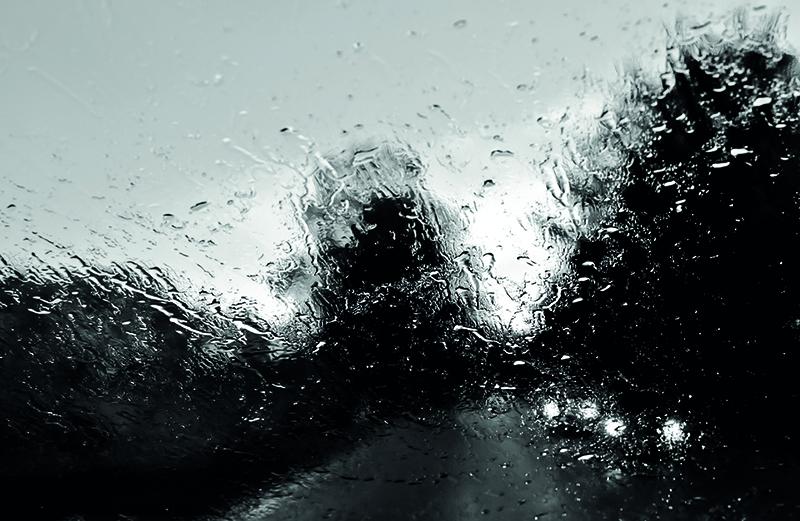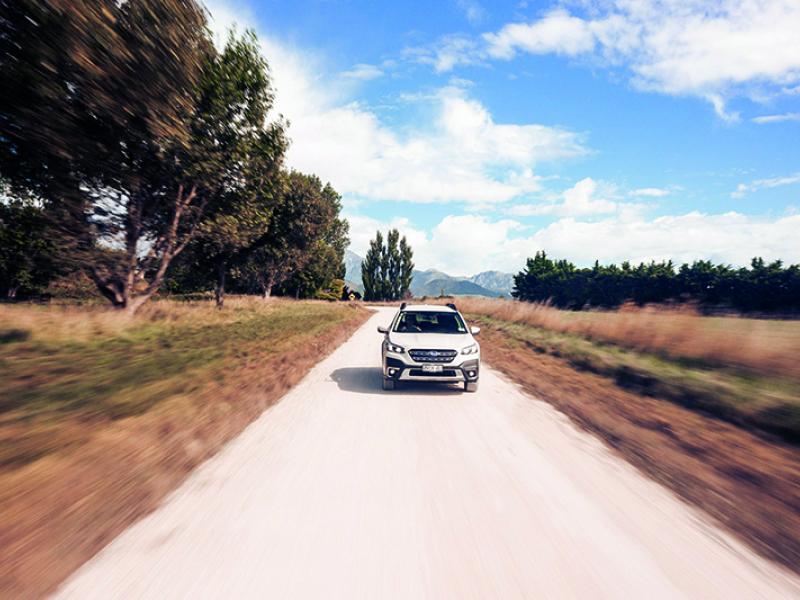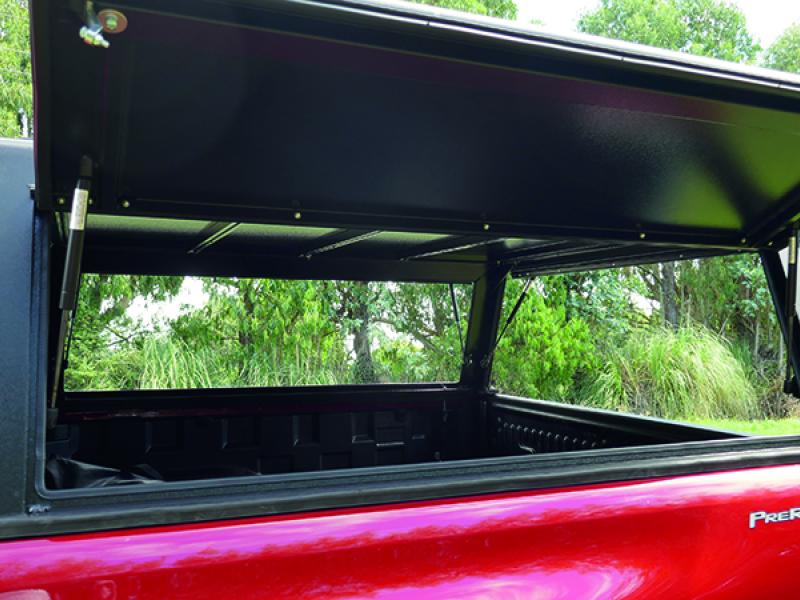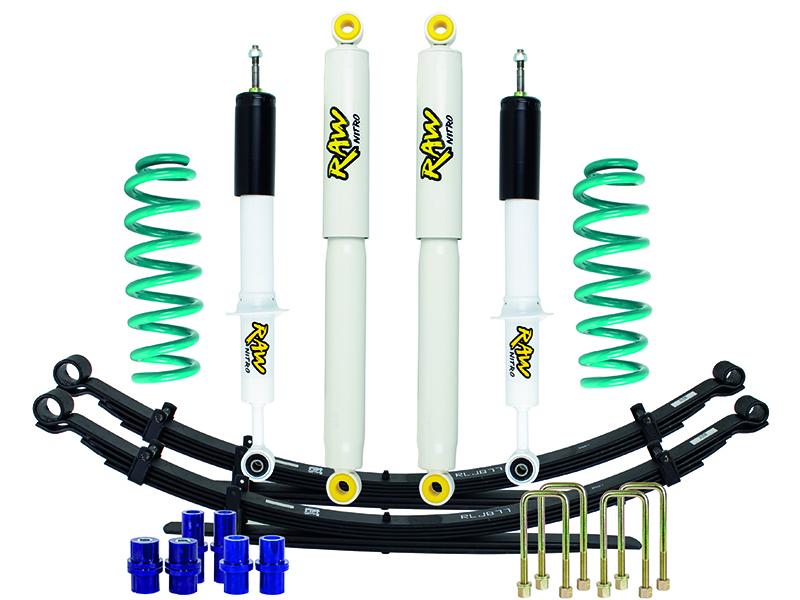Summer, so far, has been a bit of a mixed bag for Kiwis. Some very nice weather, some very poor weather, some very nice roads, and some very poor roads.
As a result of the uncharacteristically poor weather, many roads in New Zealand have been prone to flooding, being blocked by slips, and have even begun to melt. It makes driving not just a hassle, but actually very dangerous and costly.
While there’s not a lot that any of us can do about the weather, there’s plenty that we can do to circumvent some of the issues presented by our troubled infrastructure.
A good way to avoid some of the more treacherous passages ofroad, as well as to learn from potential mistakes when on these roads, is to use telematics software.
Telematics and fleet management systems can help drivers avoid these roads altogether by forewarning about building traffic in certain areas or by staying on top of vehicle maintenance.
The value of telematics
Along with helping to find a new route and providing information about traffic delays, telematics can also provide real-time alerts of road closures and accidents. This function can both save time and stop drivers from entering into a potentially hazardous environment.
If a driver does end up on one of these roads that’s been affected by extreme weather, telematics can help coach them into adjusting their driving style to fit the situation.
The software may recommend that they increase their following distance, decrease their speed, and turn hazard lights on by using a smart dashcam system. In the heat and stress of the moment, these actions may not be top of mind.
If a vehicle in your fleet is damaged, such as tyres or paint being ruined because of melted tarmac or cement splashes, telematics – in conjunction with a smart dashcam – will be able to provide video evidence. This helps smooth the way when it comes to making an insurance claim.
Learning from challenges
The most important takeaway from any event is the learning and knowledge gained.
Over time, telematics builds a set of data related to each driver. This allows a driver to examine their driving after the fact. If they have a close call on the road they can go back and watch the footage and examine the events leading up to that moment.
This same approach can be taken when driving on roads that are flooded, melting, have slips on them or are falling away. A driver can review how they acted and reacted to the state of the road, and perhaps what they could have done better or differently.
Telematics helps drivers to not only reflect on prior incidents but to also understand the value of their reflectiveness, showing them how damage could have been avoided or efficiency improved. A reflective driver is a safe driver.
The more vehicles that travel on our roads, adverse weather conditions or not, the rougher the roads will become.
Circularly, the rougher our roads become, the more wear and tear on our vehicles. This may mean driveline components and running gear deteriorate more quickly than expected, with the effect that standard service or check-up intervals on vehicles are sub-optimally spaced.
As a manager of a fleet of vehicles, or as a driver of a fleet vehicle racking up hundreds of thousands of kilometres, it is vital you factor in for the effect of rough roads on your vehicles’ maintenance. Dangerous roads can lead to dangerous vehicles in the long run.
In general, ongoing training and education is the surest way to remain safe on our roads, regardless of whether the road has deteriorated due to heavy use or has been affected by extreme weather.
Awareness of how roads wear, how to drive on different types of surfaces, how to react to different events on the road, and ultimately, the ability to be reflective and analyse a scenario and your actions are going to be of the greatest service to both your own safety and that of others on the road.






